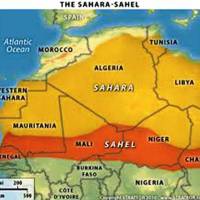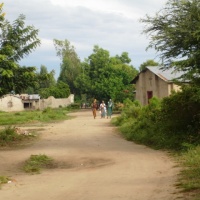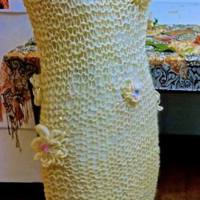The following is a bit of background information for several blogs that I have – and will be – writing about rice in Africa:
Aside from the indigenous domesticated rice of West Africa, discussed here, there are also several varieties of wild rice that are found throughout the continent (see map). Some of these are mentioned by several of the 19th Century explorers and I am writing about that in a separate blog.

Map of African Rices, Domestic and Wild Varieties – National Academy of Sciences

Wild African rice (Oryza barthii)
Wild rice is found here in Burundi, although anecdotal information suggests that there is not much; but it is a topic that I am investigating, as it does function as a ‘famine food.’
The information below is from the excellent series by the National Academy of Sciences on “Lost Crops.”
National Academy of Sciences: Lost Crops of Africa: Volume I: Grains
At least two of African rice‘s close relatives are regularly gathered for food, often in sufficient abundance to appear in the markets.Orza barthii (Oryza breviligulata) [18] is an annual that commonly occurs in seasonally flooded areas from Mauritania to Tanzania and from the Sudan to Botswana. It is the wild progenitor of cultivated African rice. It can form meadows in inundated areas. Its grain falls off so easily that it must be carefully collected by hand. (People use a basket or calabash, and sometimes they tie the stalks in knots to make harvesting easier.) It tastes good and is sometimes sold in markets.
However, wherever rice is cultivated, this plant is regarded mostly as a weed to be eradicated. Certain strains of this species are immune to bacterial blight of rice (Xanthomonas), which could give them a valuable future as genetic resources.
…Oryza longistaminata is a common wild rice found throughout tropical Africa as far south as Namibia and Transvaal, as well as Madagascar. Unlike the other species, it is a perennial with rhizomes. It is tall and outcrossing. It usually grows in creeks and drainage canals and reproduces by suckers, often setting few seeds. Nonetheless, these meager grains are sought in times of shortage.
…The nomenclature of wild rices in Africa has been very confused. The names Oryza stapfii, Oryza breviligulata, and Oryza barthii often occur with uncertain usage. Much of the older literature is rendered useless by this. It is now considered that Oryza barthii is the direct ancestor of Oryza glaberrima. The name Oryza breviligulata is now considered invalid, as is Oryza stapfii the name formerly given to the weedy races of African rice.
Bacterial blight is a problem here in Burundi, and yet no research has, as far as I am aware, been done to see if crosses between the indigenous rices in Burundi and the ‘modern’ varieties that have been imported and that are currently grown would aid in this serious problem.
As part of a food security strategy, donors are assisting Burundi to drain wetlands and plant rice on a year-round basis. Traditionally, the many valley wetlands in Burundi have offered a third planting season throughout the country as well as along Lake Tanganyika in the Imbo Plain. Traditionally, during the dry months, many wetlands dry up, leaving rich soils and water sources underground that can be tapped with shallow wells, as needed. As well, the break in continual wetness acts as a buffer, helping to decrease both pests and crop diseases.

Rice planted during the wet season in the Imbo Plain, which borders Lake Tanganyika. These lands dry out and are planted with a third season of vegetables during the dry season (see below photo)The same area of the above picture, during the dry season, being planted with vegetables as part of the contract farming project for the Hotel Club du Lac.

A wetlands area upcountry that has been reworked to grow rice year-round.
Related articles
- Tribes Guide Restoration of Wild Rice in Wisconsin (indiancountrytodaymedianetwork.com)
- It’s That Time of the Year Again: Rice Harvesting and Processing (dianabuja.wordpress.com)


























Pingback: City States in the Sahel: Pre-European Kingdoms of West Africa – Part 1 | DIANABUJA'S BLOG: Africa, The Middle East, Agriculture, History and Culture
Pingback: Rice in East Africa, 1860′s: Imported and Indigenous | DIANABUJA'S BLOG